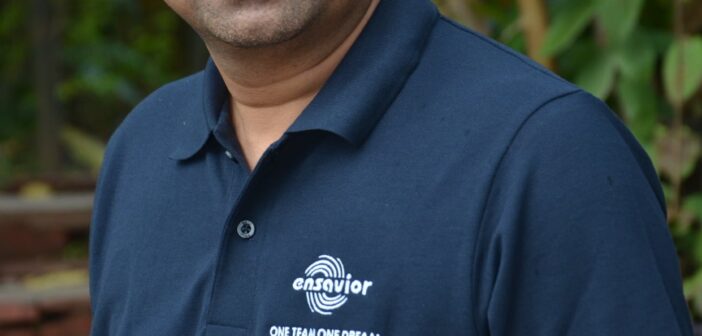On average, we take 20,000 breaths in a day, and this being an unconscious effort affects all parts of our body. Breathing affects you in multitude ways, from feeding your immune system to relieving your mental state. With compromised breathing comes sluggishness and fatigue, directly leading to loss of productivity at the workplace. Dinesh Semwal, Managing Director, Ensavior Technologies writes for Track2Realty.
Worsening the situation at a frightful angle is the global pandemic attack, which led governments to struggle with the new lockdown measures and brought big shifts in the stock markets. Its aftermath will be one of the biggest business challenges of our time – “will employees re-enter the office space?” Workers are concerned about the disinfection strategies being used by commercial complexes.
Here comes the indoor air quality management systems in play!
We remain indoors 90% of the time, including being at work, school, or home. Making an effort to improve indoor air quality through some simple changes can help reduce the accumulation of allergens and pollutants in the air. The Environmental Protection Agency estimates that poor indoor air quality affects 33% to 50% of commercial buildings in the U.S., leading to loss of man-days at workplace.
Facility managers are these days looking for systems that are energy-efficient, cost-savvy and capable of improving occupant’s experience. After the convenience of working from home, it could be challenging to draw people back to the workplace; however, commercial buildings need to be ready for this. Remote operations in commercial structures are not only limited to CCTV cameras or lighting systems instead, they have also expanded to keeping facilities cleaner with enhanced indoor air quality.
Systems are being designed to collect data about high traffic areas in office space to indicate which rooms are used most and need to be air cleaned frequently. Besides this, mobile apps can be enabled to direct the cleaning staff and track timings and frequency of cleaning.
Organizations should revise policies to allow time gaps in between the meetings to allow for sanitization and cleaning. Traditional systems call for hygienists or building scientists to be onsite to monitor baseline IAQ. Remote monitoring will provide real-time environmental data to the hygienists to respond at the earliest to the potential issues.
To implement this, there will be numerous remote sensors installed in the business envelope which will further be connected via local wifi network to a gateway node. This node will aggregate data from the sensors and transmit the information to a remote dashboard. The facility managers can access this dashboard data to review the air quality index stats.
An initial investment in remote air quality monitoring systems will yield massive benefits in the future, heading to substantial cost savings. This preventive maintenance system will notify facility managers about the concerns that deviate from the standards set.
Real-time indoor air quality remote monitoring is just the wave of the future. Soon indoor air quality remote monitoring will be an industry standard for efficient facilities management.
Track2Realty is an independent media group managed by a consortium of journalists. Starting as the first e-newspaper in the Indian real estate sector in 2011, the group has today evolved as a think-tank on the sector with specialized research reports and rating & ranking. We are editorially independent and free from commercial bias and/or influenced by investors or shareholders. Our editorial team has no clash of interest in practicing high quality journalism that is free, frank & fearless.
Subscribe our YouTube Channel @ https://bit.ly/2tDugGl





